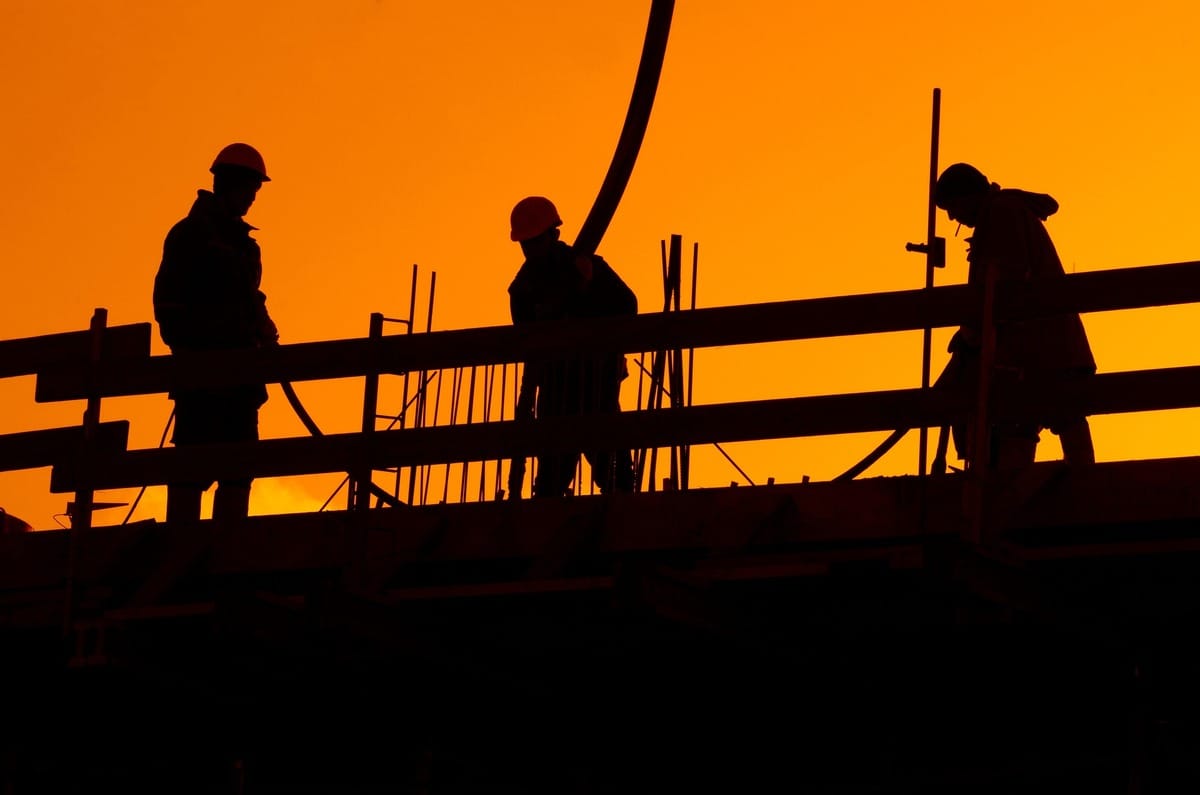- Full Brim Safety
- Posts
- Peer Observation & Intervention
Peer Observation & Intervention
Full Brim Safety: Build Smart, Build Safe

Peer Observation & Intervention
Welcome back, let's Build Smart & Build Safe! We’ve covered near miss reporting. Today, we're focusing on the active component of Behavior-Based Safety: Peer Observation and Intervention.
A truly strong safety culture exists when every worker feels empowered and responsible for the safety of those around them. This requires moving from passively following rules to actively looking out for your teammates.
The Role of Peer Observation
Peer observation involves briefly and routinely observing a coworker's work to identify and document specific safe or at-risk behaviors. This process is designed to be:
Non-Punitive: The focus is on the behavior, not the person. It's a tool for gathering data and providing feedback, not for disciplinary action.
Data-Driven: Documenting observations helps the site track which safe behaviors need reinforcement and which at-risk behaviors are most common (e.g., inadequate use of gloves, standing too close to an edge).
The Art of Supportive Intervention
If you observe an at-risk behavior, intervening correctly is vital to maintaining a positive safety culture. The goal is to correct the action while preserving the working relationship.
Stop the Action: The most important step is to safely stop the at-risk behavior immediately.
Focus on the Action: Approach your coworker privately and focus the conversation on the specific action you saw. For example: "Hey, I saw you weren't tied off when you moved past the railing. Can we check your anchor point?"
Ask Why: Ask open-ended, supportive questions to understand the root cause: "Was the right lanyard not available?" or "Is there a problem with the anchor?" This helps the team fix the systemic issue.
Reinforce the Safe Way: End the conversation by confirming the safe procedure and thanking them for listening.
Conversely, if you see a safe behavior (like correctly setting up a ladder), offer positive and specific feedback: "Thanks for taking the time to secure that ladder base. That's excellent work."
Empowering every person to be a safety leader through observation and supportive intervention transforms safety from a compliance requirement to a shared value.
Tomorrow, we'll discuss how to transition from a reactive to a proactive safety culture.
Please share us with your friends for a daily dose of construction safety tips!
-The Safety Man
